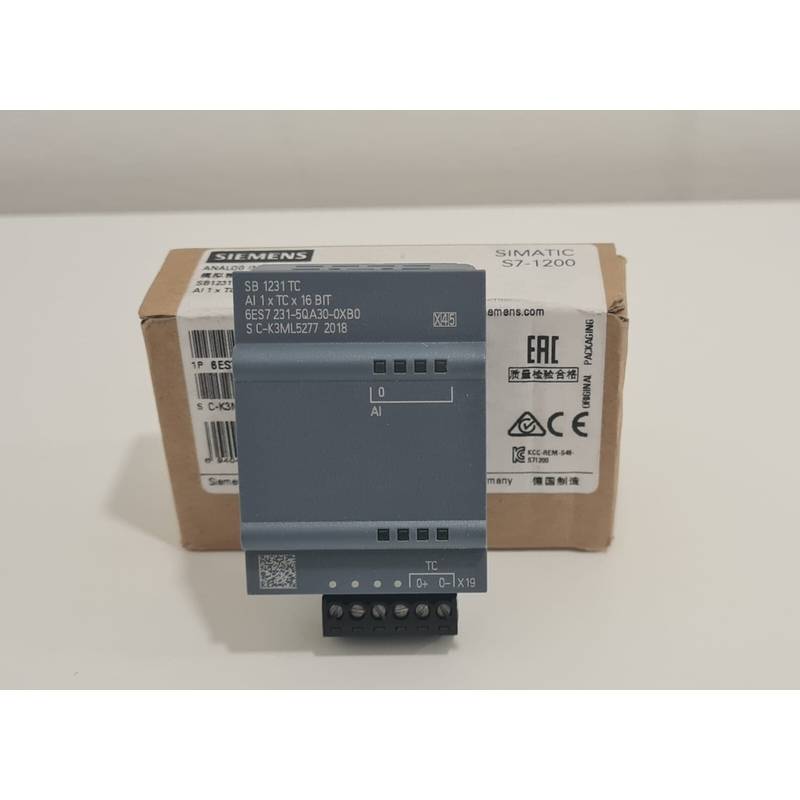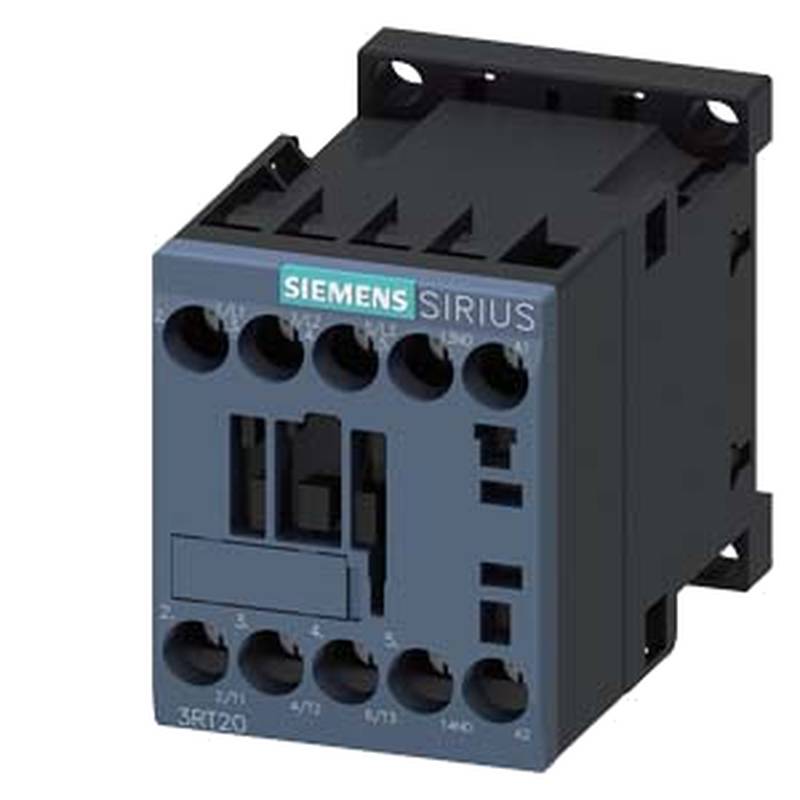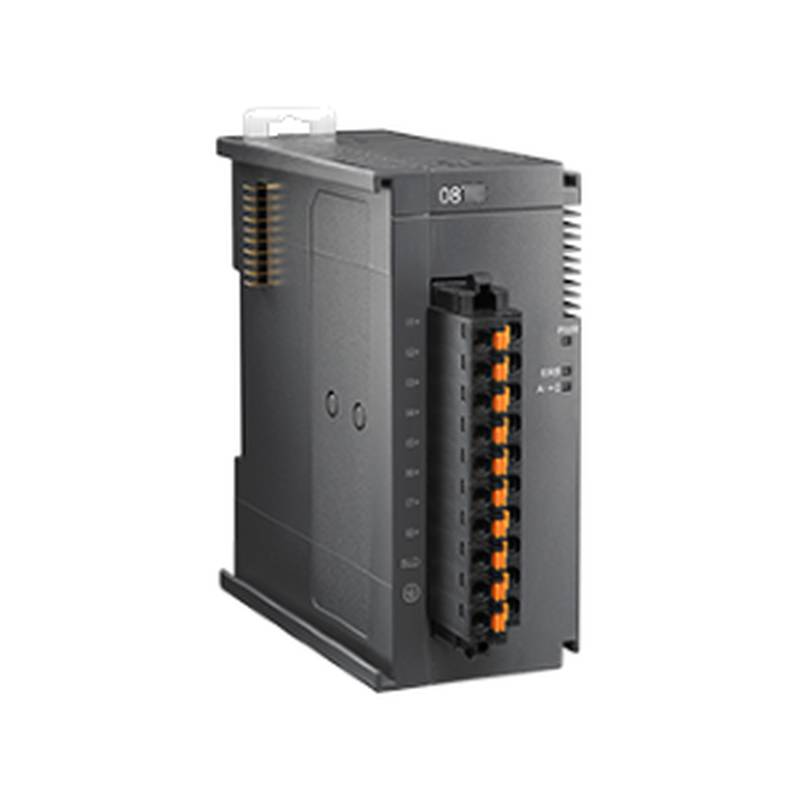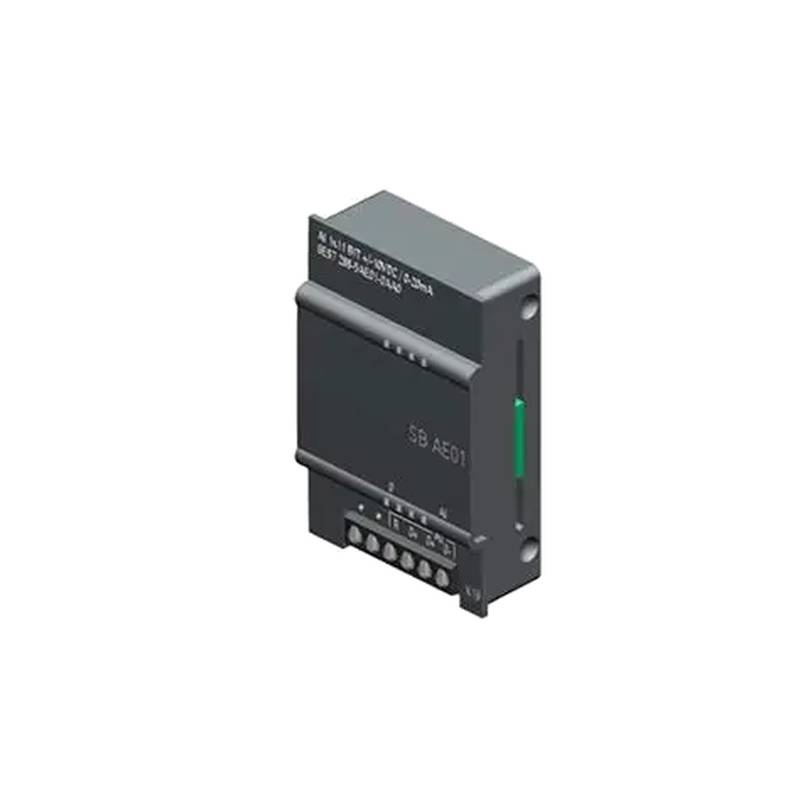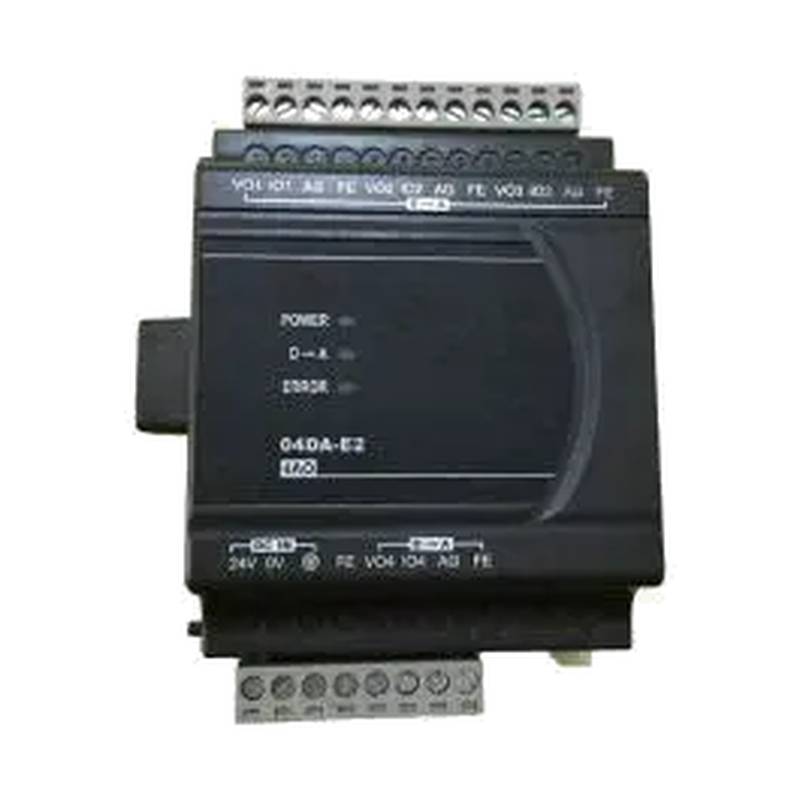
The Siemens 5SY6306-8CC Protection Circuit Breaker Switch, a 3-pole, 6-amp device, offers robust protection for electrical circuits in demanding industrial environments. Its key advantages lie in its reliable tripping characteristics, compact design, and high breaking capacity, ensuring operational safety and minimizing downtime. Core features include a thermal-magnetic release mechanism for overload and short-circuit protection, a DIN rail mounting capability for easy installation, and compliance with international standards. Essential technical parameters encompass its rated voltage, breaking capacity, and tripping curve type, all critical for system design and safety compliance.
Siemens 5SY6306-8CC: Product Specifications
| Specification | Value |
| :------------------------ | :---------------------------------- |
| Product Type | Miniature Circuit Breaker (MCB) |
| Manufacturer | Siemens |
| Series | 5SY6 |
| Number of Poles | 3P |
| Rated Current (In) | 6 A |
| Rated Voltage (Ue) | 400 V AC |
| Breaking Capacity (Icn) | 10 kA |
| Tripping Characteristic | C Curve |
| Mounting Type | DIN Rail |
| Protection Type | Overload and Short-Circuit |
| Frequency | 50/60 Hz |
| Operating Temperature | -25 to +55 °C |
| Degree of Protection | IP20 |
Core Features & Market Positioning
The Siemens 5SY6306-8CC distinguishes itself through its C-curve tripping characteristic, which provides enhanced protection against inrush currents common in inductive loads, such as motors and transformers. This makes it a superior choice over B-curve breakers for many industrial motor control applications. Its robust construction and high breaking capacity of 10 kA ensure it can safely interrupt fault currents, preventing damage to downstream equipment and mitigating fire hazards. In the competitive landscape of industrial circuit protection, Siemens' reputation for quality and reliability, combined with the 5SY6 series' balanced performance and cost-effectiveness, positions this 6A breaker as a dependable solution for critical infrastructure.
Key Application Scenarios
This 3-pole, 6A Siemens circuit breaker is ideally suited for protecting individual circuits in industrial power distribution systems. Common applications include safeguarding small to medium-sized electric motors, control panels, lighting circuits, and general-purpose power outlets within manufacturing facilities, workshops, and commercial buildings. Its C-curve is particularly beneficial in scenarios involving equipment with moderate starting currents, ensuring uninterrupted operation under normal load conditions while providing swift protection during overloads or short circuits. The 5SY6306-8CC is a staple component for engineers designing reliable electrical installations that require dependable protection for loads up to 6 amps.
Practical System Integration Guidance
Integrating the Siemens 5SY6306-8CC into an electrical panel is straightforward due to its standard DIN rail mounting. Installers must ensure proper termination by connecting the incoming power conductors to the designated line terminals and outgoing load conductors to the load terminals. It is crucial to adhere to local electrical codes and regulations regarding wire sizing and connection torque. For systems requiring precise overcurrent protection coordination, understanding the C-curve's time-current relationship is vital; it allows for a short delay before tripping on moderate overloads, preventing nuisance tripping while still offering rapid protection for severe short circuits.
Operation and Risk Mitigation
The Siemens 5SY6306-8CC operates via a thermal-magnetic release mechanism. The thermal element responds to sustained overloads, causing the breaker to trip and disconnect power, preventing conductor overheating. The magnetic element provides rapid interruption during short-circuit events, protecting the system from severe damage. To mitigate risks, always ensure the breaker is correctly rated for the load it protects and that the surrounding environment does not exceed its operating temperature limits. Regular visual inspections for signs of damage or overheating, along with periodic testing of its tripping function, are recommended best practices for ensuring continued operational safety.
Scalability & Long-Term Value
The 5SY6 series, including the 5SY6306-8CC, is designed for compatibility within Siemens' broader range of industrial control and power distribution components. This facilitates seamless integration into existing electrical infrastructure and allows for straightforward expansion or modification of control panels. While this specific 6A breaker is a fixed-rating device, its value lies in its reliable performance and longevity, contributing to overall system stability. For future digital integration, panels equipped with these MCBs can be readily enhanced with smart monitoring devices or communication modules to enable IIoT capabilities, providing remote status updates and diagnostic data.
Frequently Asked Questions (FAQs)
1. What is the tripping characteristic of the Siemens 5SY6306-8CC?
The Siemens 5SY6306-8CC features a C-curve tripping characteristic. This means it is designed to trip between 5 to 10 times the rated current.
This characteristic is ideal for circuits with moderate inrush currents, such as those powering motors or fluorescent lighting. It prevents nuisance tripping during startup while still providing effective protection against short circuits.
Compared to B-curve breakers, the C-curve offers a delayed trip for higher currents, balancing sensitivity and immunity to transient surges.
2. Can the Siemens 5SY6306-8CC be used for motor protection?
Yes, the Siemens 5SY6306-8CC, with its C-curve, is suitable for protecting smaller industrial motors. Its tripping characteristic accommodates the typical inrush current experienced when a motor starts.
However, for larger motors or those requiring more precise overload protection, a dedicated motor protection circuit breaker (MPCB) with adjustable thermal and magnetic settings is often recommended.
Always consult the motor's nameplate and relevant electrical codes to determine the appropriate circuit breaker rating and type for optimal motor protection.
3. What is the breaking capacity of the Siemens 5SY6306-8CC?
The Siemens 5SY6306-8CC has a rated breaking capacity (Icn) of 10 kA (kiloamperes). This is the maximum fault current the breaker can safely interrupt without sustaining damage.
A higher breaking capacity ensures greater safety and reliability in environments where high fault currents are possible, such as near main distribution points.
Ensuring the breaking capacity of the installed breaker exceeds the prospective fault current at the point of installation is a fundamental safety requirement in electrical system design.
4. How do I install the Siemens 5SY6306-8CC protection circuit breaker?
Installation involves mounting the breaker onto a standard 35mm DIN rail within an electrical enclosure. Ensure the power supply is completely de-energized before commencing work.
Connect the incoming line conductors to the upper terminals and the outgoing load conductors to the lower terminals. Ensure secure connections with the correct torque as specified by Siemens.
Always follow local electrical codes and standards for safe and compliant installation practices. Double-check wiring before re-energizing the circuit.
5. What are the main advantages of using a Siemens 5SY6306-8CC?
A key advantage is its reliable thermal-magnetic tripping mechanism, offering robust protection against overloads and short circuits. Its 10 kA breaking capacity provides a high level of safety.
The C-curve characteristic is beneficial for circuits with moderate inductive loads, minimizing nuisance tripping while ensuring protection. Its compact design also saves space in electrical panels.
Siemens' reputation for quality and durability means this breaker offers long-term operational reliability, reducing maintenance and replacement costs.
6. What is the rated voltage for the Siemens 5SY6306-8CC?
The rated voltage (Ue) for the Siemens 5SY6306-8CC is 400V AC. This specifies the maximum voltage at which the circuit breaker is designed to operate safely and effectively.
It is crucial to match the breaker's rated voltage to the system voltage of the electrical installation to ensure proper functioning and safety. Using a breaker with a lower voltage rating than the system can lead to insulation breakdown and failure.
This 400V rating makes it suitable for standard industrial power distribution networks across many regions.
7. What does "3P" signify on the Siemens 5SY6306-8CC?
"3P" stands for "3-pole," indicating that the circuit breaker is designed to interrupt all three phases of a three-phase electrical system simultaneously. This is essential for balanced three-phase loads.
Using a 3-pole breaker ensures that when a fault occurs, all active conductors are disconnected, preventing phase-to-phase or phase-to-ground imbalances that could damage equipment.
This is standard practice for protecting motors, transformers, and other three-phase equipment in industrial settings.
8. What is the difference between a C-curve and a B-curve circuit breaker?
A C-curve breaker trips at 5-10 times its rated current, suitable for loads with moderate inrush like motors. A B-curve breaker trips at 3-5 times its rated current, designed for purely resistive loads or small inductive loads with low inrush.
The B-curve offers more sensitive protection for purely resistive loads, tripping faster on smaller overcurrents. The C-curve provides better immunity to temporary inrush currents, preventing unnecessary tripping.
Choosing between B and C depends on the specific characteristics of the connected equipment and the potential for inrush currents.
9. Can I use the Siemens 5SY6306-8CC in a residential setting?
While technically it could be used, the 5SY6306-8CC is primarily designed and marketed for industrial and commercial applications. Residential installations typically use B-curve breakers for most circuits due to lower inrush currents.
The C-curve characteristic is generally more suitable for industrial loads that experience higher starting currents, such as motors or transformers.
For residential use, it is recommended to use breakers that comply with residential electrical standards (e.g., B-curve for general circuits).
10. How do I reset the Siemens 5SY6306-8CC after it trips?
To reset the Siemens 5SY6306-8CC after it has tripped, first identify and rectify the cause of the fault (overload or short circuit). Then, simply push the toggle lever back to the "ON" position.
Ensure the fault condition has been resolved before attempting to reset. Repeatedly resetting a breaker without addressing the underlying issue can be dangerous and may damage the breaker.
If the breaker trips immediately upon resetting, it indicates a persistent fault, and further investigation by a qualified electrician is necessary.



















